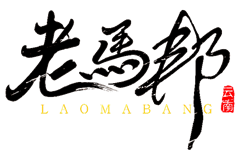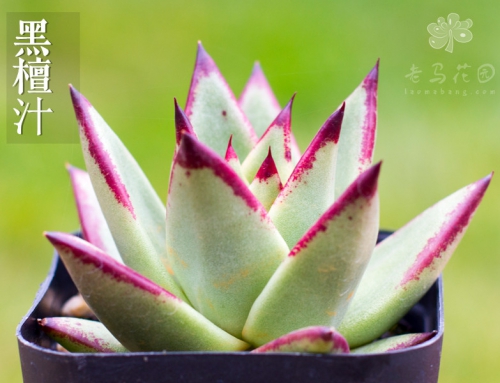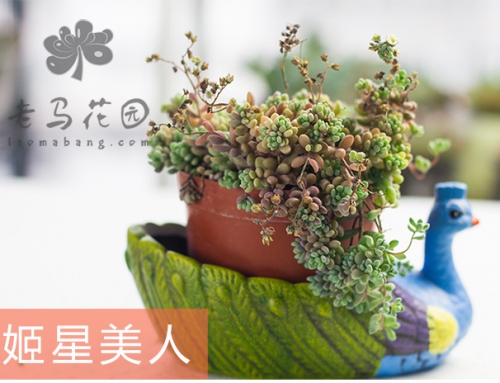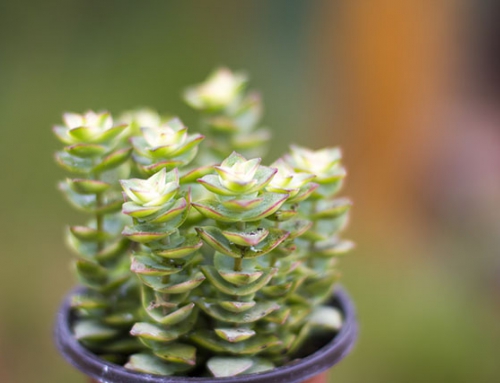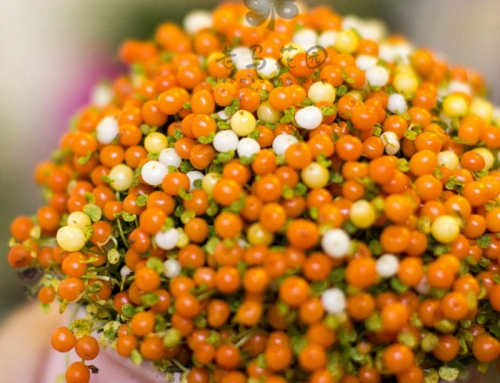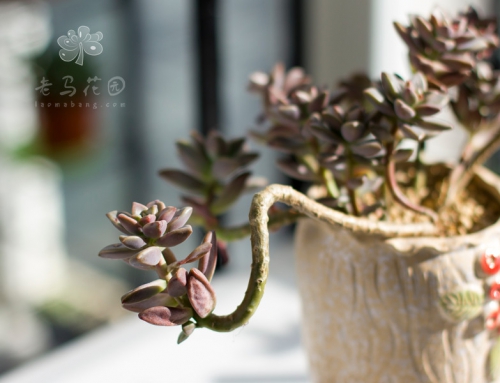珍珠橙小盆栽经过荷兰进口到云南,近几年在淘宝上开始流行起来,很多吃货问的第一个问题就是珍珠橙可以吃吗?更多的多肉玩家(尽管她不是传统说的多肉)很头疼该怎么去栽培。
珍珠橙红果
珍珠橙彩果
这是一篇来自国外权威维基百科的珍珠橙资料(由昆明老马花园组织翻译。转载请注明出处)。里面对于栽培和毒性都有说明。更多珍珠橙知识欢迎关注查阅老马花园相关微淘。 翻译错漏之处也欢迎指出。
Nertera granadensis 珍珠橙
Nertera granadensis, also known as coral bead plant, pin-cushion plant, coral moss, or English baby tears, is a ground cover with orange berries, of the genus Nertera. Nertera granadensis has an unusually extensive transcontinental distribution surrounding the Pacific Ocean, occurring from southern Chile and western Argentina north to Guatemala, and in Hawaii, New Zealand, eastern Australia, Indonesia, Malaysia, Papua New Guinea, the Philippines and Taiwan. In the tropical regions of the western Pacific, Nertera granadensis only occurs at high altitudes. It does also occur on the Juan Fernández Islands.[5] It is grown as an ornamental plant in gardens, and the name given to the plant in Mapudungun and Chilean Spanish is rucachucao. The name granadensis derives from New Granada, the old name of Colombia.
珍珠橙(薄柱草)Nertera granadensis,又称珊瑚念珠草,针垫草,珊瑚藓,或英格兰婴儿泪,是结橙色果实的一种薄柱草属覆地植物。珍珠橙不寻常地夸大陆广泛分布于太平洋周边,包括智利南部,阿根廷西部到危地马拉、夏威夷、新西兰,东澳大利亚,印尼,马来西亚,巴布亚新几内亚、菲律宾和中国台湾(老马:充分说明珍珠橙的强大生命力)。在Juan Fernández岛上也有发现。珍珠橙可在庭院里作为装饰性植物种植。在马普切和智利西班牙语中被称作 rucachucao。珍珠橙英文名字中的granadensis来源于格林纳达——哥伦比亚的旧名。
Care and maintenance珍珠橙养护
As a house plant, Nertera granadensis is somewhat difficult to maintain, and it is not recommended for beginners. The soil should be porous. It should be kept in a bright, semi-shaded place – a south facing window is ideal – and should not be left in direct sunlight.
作为室内盆栽,珍珠橙有一定养护难度,不推荐新手栽培。栽培珍珠橙的土壤应疏松透气。并放置在明亮半遮荫的地点(南向的窗边比较理想)但不应太阳直射。
During the summer, Nertera granadensis can be kept outdoors, but it still needs to be protected from direct sunlight. The temperature should not be too warm, although it should not go below 8 degrees Celsius (around 45 Fahrenheit) in the winter. During the winter and autumn gardeners should wait until the soil dries between watering.
夏天珍珠橙可以放在室外,但也需要避免阳光直射。温度不应太高。冬天环境温度不应低于8摄氏度。老马花园的养殖经验是18-24度最为理想。秋冬季节应在表土干燥后浇水。
When the flowers and berries begin forming in the spring, one should increase watering so that during the spring and the summer the soil is kept moist at all times, and the leaves and berries should be moistened occasionally, but not too frequently, as they could rot.
The plant should be fed monthly with a weak solution (water-soluble fertilizers, diluted to half strength, are best) during spring/summer until it begins to flower. When the berries begin to die (turn black) they should be carefully removed.
春季珍珠橙花、果成长的季节。应该增加浇水频率,让土壤随时保持湿润.叶子和果子应该时不时喷雾保湿,但也不可以太过于频繁,避免腐烂。
珍珠橙在春夏期间可以每月施以薄肥(水溶肥,比常规用法稀释一半最佳),直到开花。当果子开始萎缩(变黑)时,应小心取下。
Toxicity珍珠橙毒性
The plant possesses brightly colored fruit, and likely offers visual appeal to young children and pets. Fortunately, the toxicity of Nertera granadensis appears to be quite low, and there are no known toxins associated with the particular parts of the plant.[7] One study noted that of 21 children known to have ingested the plant, only five showed mild symptoms associated with poisoning, such as tiredness, stomach pains, and vomiting. In addition, a 2 1⁄2-year-old child ingested 20 of the Nertera granadensis berries with no visible ill effects.
珍珠橙有鲜亮色彩的果子容易吸引小孩和宠物。幸运的是,珍珠橙的毒性看来非常低。目前没有发现在植株的各部位有有毒物质。有研究显示,21个孩子服用珍珠橙后,只有5位表现出轻微的可能中毒症状,包括倦怠、胃痛和呕吐。而且,一个2岁半的孩子服用了20颗珍珠橙果子后并没有可见的症状。
